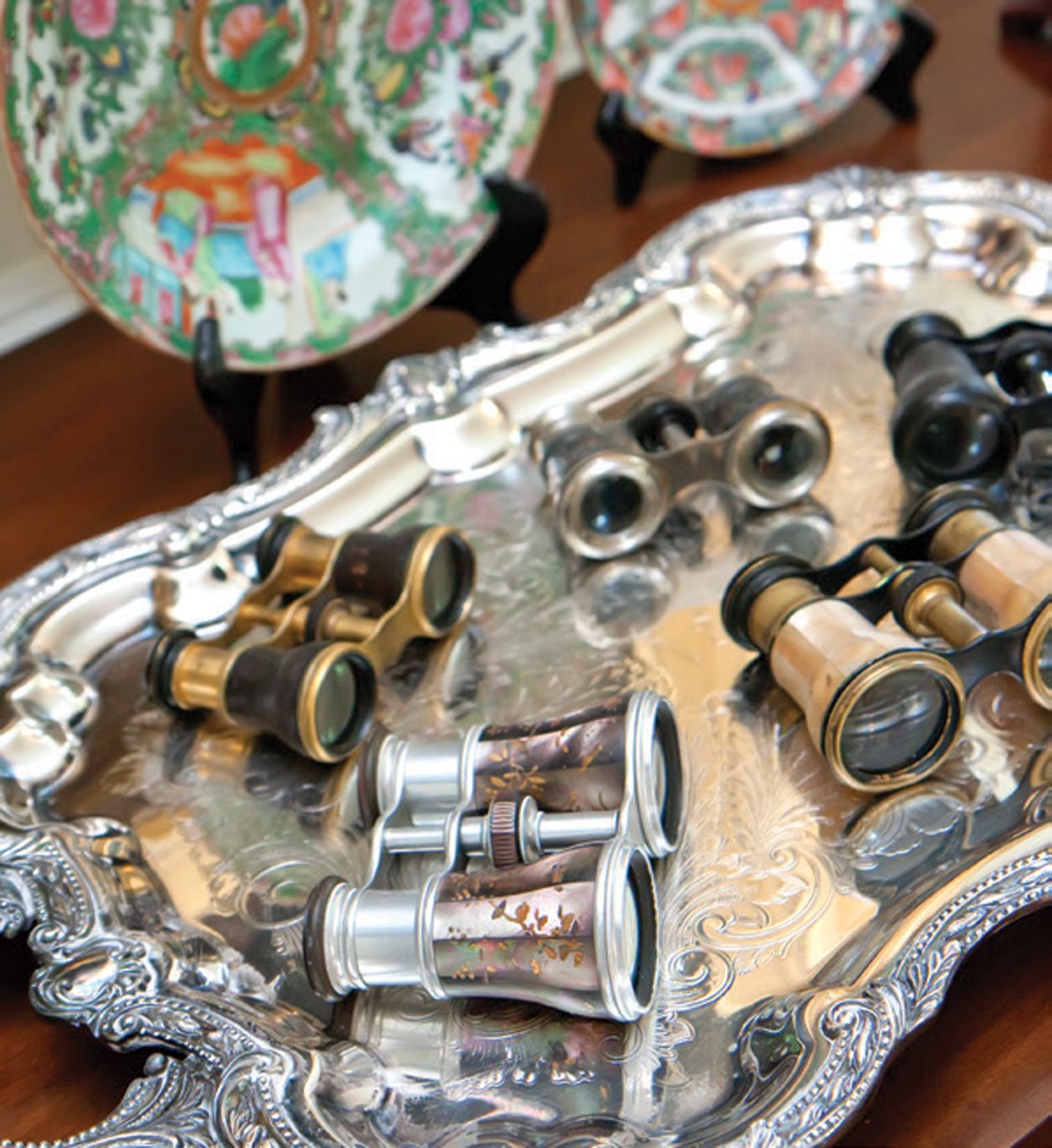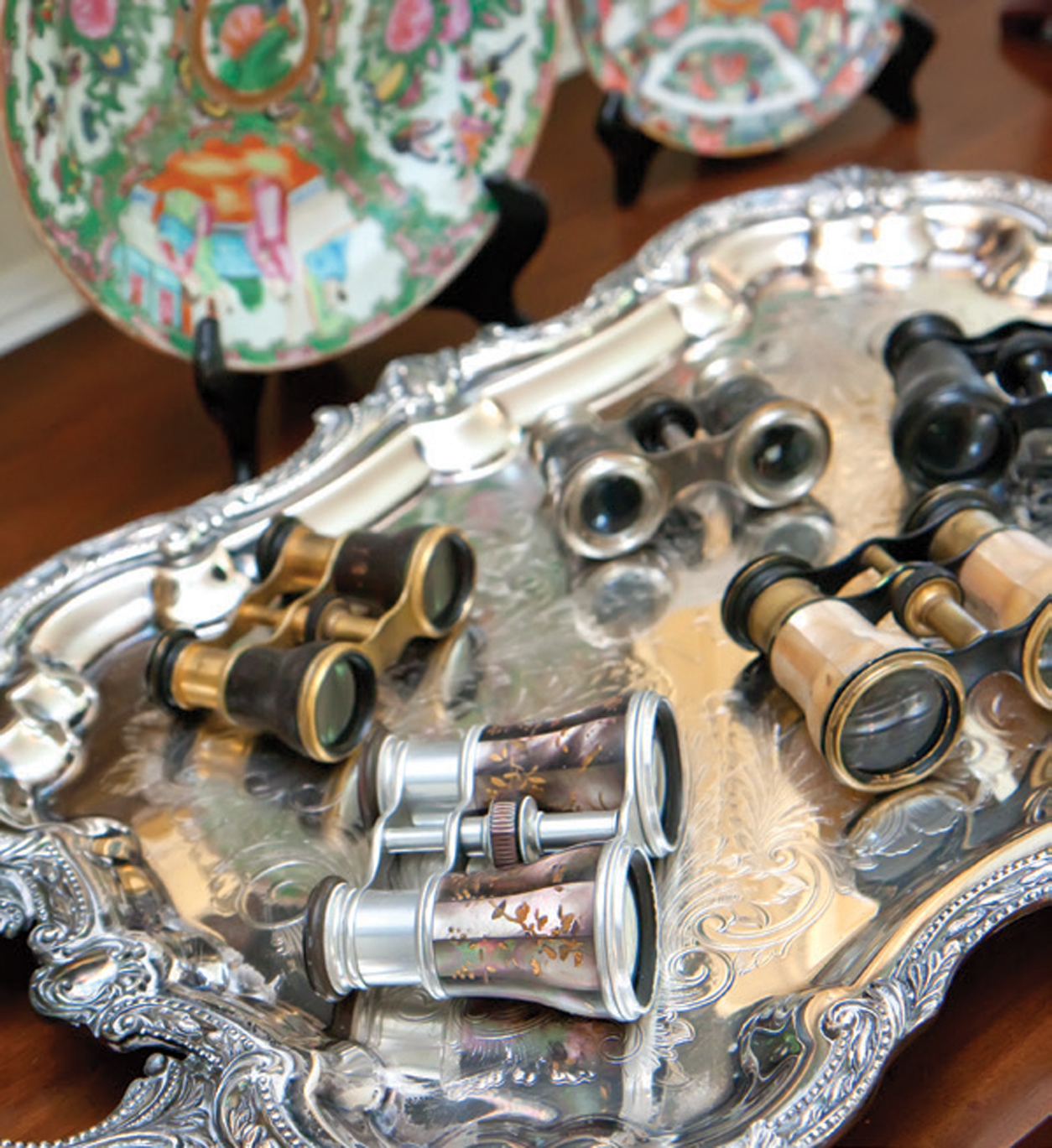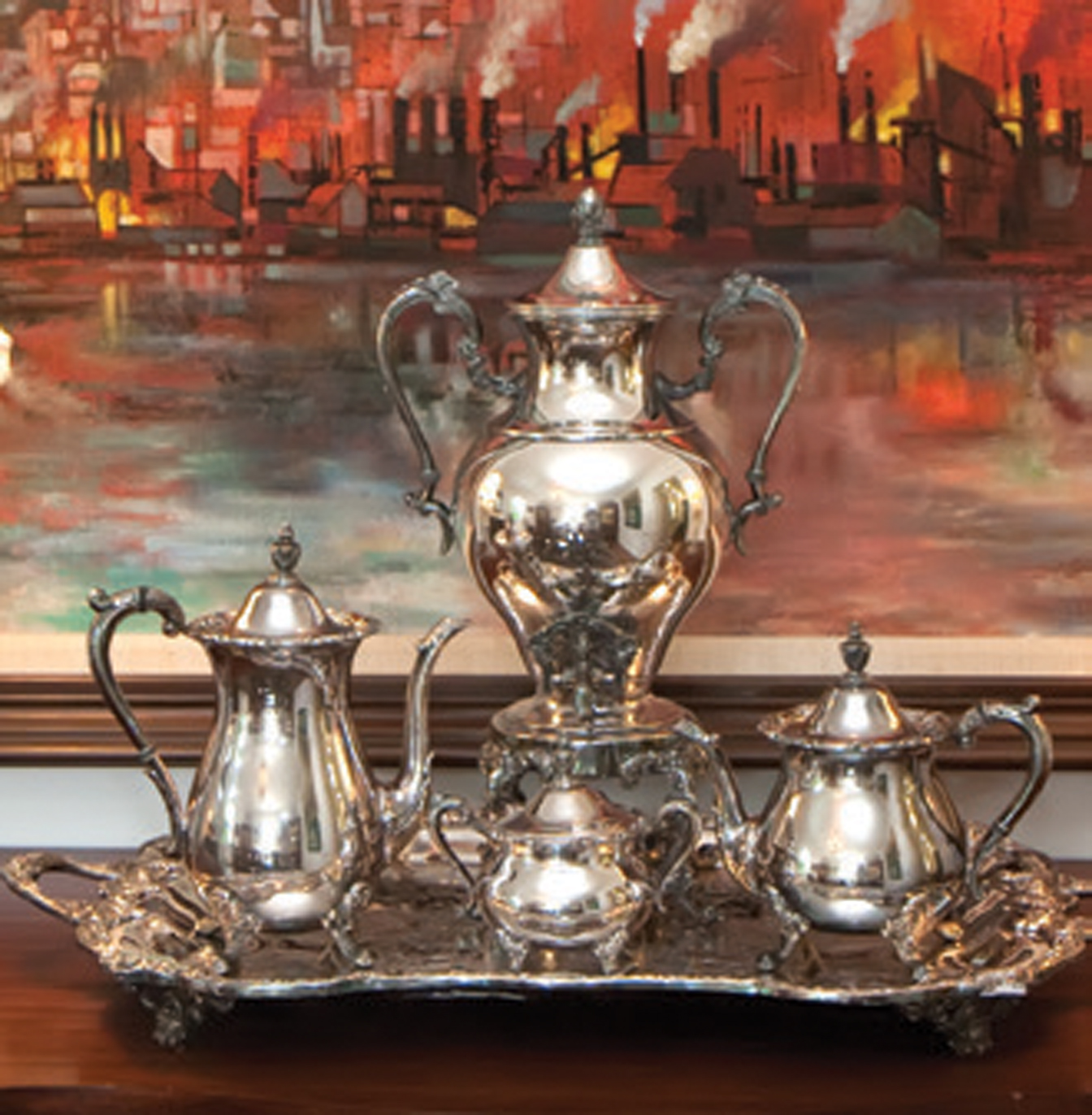In The Mix: Combining Old with New Creates Layers of Interest

 In the ‘80s and ‘90s, the on-trend home was often heavily themed, like Southwestern or country, and furniture that matched was the look of choice. Since that time, popular style has evolved to embrace an eclectic look, but many do-it-yourself home designers find this style tricky to pull off. How can you look collected and eclectic without looking cluttered and chaotic? And what exactly are you supposed to do with pieces you’ve inherited? How do you integrate these heirlooms into your current decor? Keep reading for some easy ways to combine old with new to get the chic look you’re after.
In the ‘80s and ‘90s, the on-trend home was often heavily themed, like Southwestern or country, and furniture that matched was the look of choice. Since that time, popular style has evolved to embrace an eclectic look, but many do-it-yourself home designers find this style tricky to pull off. How can you look collected and eclectic without looking cluttered and chaotic? And what exactly are you supposed to do with pieces you’ve inherited? How do you integrate these heirlooms into your current decor? Keep reading for some easy ways to combine old with new to get the chic look you’re after.
Consider Your Architecture
If your home has some years behind it, include some furniture pieces or accessories from the time that it was built (a nod to mid-century modern for a 1960s rancher, or some 1930s-era antiques in your foursquare) for an organic tie-in. “One of the reasons to decorate your home with a few antique pieces is that these golden oldies never go out of style,” says Troy Deacon, co-owner of Estates and Consignments in Lynchburg.
Layer in some pieces that create contrast; modern art paired with more traditional furnishings is surprising and fresh, and modern rugs, like bold stripes or geometric patterns, can work well with traditional furniture.
In a newer build, consider bringing in older elements to create warmth and character, like reclaimed wood planking on a wall or ceiling, or a vintage light fixture, fireplace hearth or banister. A design scheme can be built around these initial contrasts of old and new.
Know What You Need When You Treasure Hunt
If you like to go on the hunt for pieces with potential, a tape measure is a must—in a big open space of a showroom the piece can appear smaller than it will in your living room. Have an idea of what you are looking for, like chairs to flank your buffet, or an interesting piece for a bookshelf, so you don’t wind up with rooms that are overstuffed—a surefire way to look cluttered.
 Don’t be afraid to paint something (chalk paint and milk paint are easy to use for novice painters) if you think a fresh coat will transform it. Keep in mind that painting diminishes the value of the piece drastically, so don’t reach for a paint brush before you know if the furniture is worth anything. If you inherit a piece, have an antiques dealer take a look first.
Don’t be afraid to paint something (chalk paint and milk paint are easy to use for novice painters) if you think a fresh coat will transform it. Keep in mind that painting diminishes the value of the piece drastically, so don’t reach for a paint brush before you know if the furniture is worth anything. If you inherit a piece, have an antiques dealer take a look first.
If you find an upholstered piece with great lines but shoddy springs and worn, dated fabric, it can be fixed. “Make sure the wood has not dry rotted and is in good, stable condition; otherwise if you love it, buy it,” states Deacon, who says a good upholsterer can work wonders and bring almost anything back to life. He likes Phil’s Upholstery in the Lynchburg area; a fabric store can also give recommendations.
Stick to Tried and True; Edit Accessories
If you have a mix of styles and eras in a room, a way to make it look intentional is to stick with a color scheme that always works, like soft neutrals or black and white. A vintage, tufted curvy-lined sofa or chair looks breezy and current redone in a light linen abric, allowing the lines of the piece to stand out. Neutrals are never boring when you mix textures and have great contrasts in the room (such as curvy pieces with straight-lined modern ones, a vintage vase on a lacquered tray).
Collected doesn’t have to mean cluttered, and items you love shine better if they aren’t competing with too many elements in the room. If you want to highlight your vintage typewriter or a unique piece of pottery you inherited from family, give it a place of honor on a buffet or bookshelf. A second look from an honest and style-savvy friend can be a second eye in a room, and can help you edit down to banish clutter.
 When You Can’t Bear to Paint a Piece
When You Can’t Bear to Paint a Piece
When you’ve inherited furniture from family and painting it is out of the question, you can make it look more current without altering it. That secretary your grandmother left to you? Think about how you could use it—maybe it comes out of the living room to the top of the upstairs hallway to hold guest towels and toiletries. Remove an attached mirror and a dresser becomes a buffet; a collection of fine china plates that will go unused in a cabinet can be hung on a wall to enjoy every day.
“Just because it worked in someone else’s home does not mean it will work in your home…you have to tweak it a bit to accomplish the style you are going for,” says Deacon. “You have saved a piece of family history that had sentimental value…make it work for you.”
When you have dark-stained vintage furniture, lighten up what’s around it to avoid a heavy, dated look. Light colored walls won’t compete (try Benjamin Moore’s Ivory White for a warm, creamy white), and a natural fiber rug like sisal, makes a great neutral backdrop. Break up groups—your inherited dark-wood table will look instantly fresh contrasted with contemporary chairs. In a bedroom, consider moving the nightstands or the dresser to another room to avoid an excessively match-y look.
And remember that a collected home is one that evolves to reflect your priorities, interests and experiences. “Decorating is supposed to take time,” says Deacon. “Your home is supposed to come together piece by piece. Don’t purchase something just to fill a space with the intention of finding that special piece you want later. You will always regret buying something that wasn’t what you really wanted.”
chalk paint, contemporary, diy, eclectic decor, Estates and Consignments, Heirlooms, milk paint, modern art, old and new design, traditional furnishings, vintage






